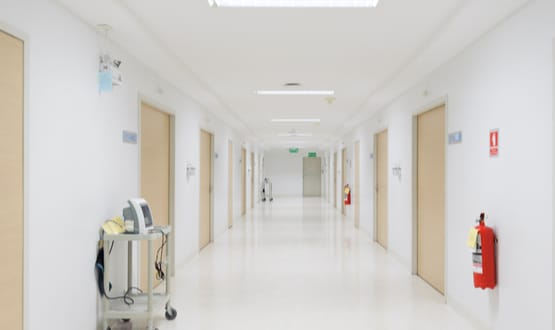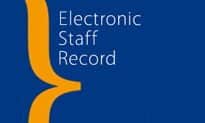Radiology ‘must retain status’
- 6 November 2013

Radiologists must make a positive response to teleradiology plans to avoid becoming “battery hens”, the annual meeting of the UK Imaging Informatics Group heard yesterday at EHI Live 2013.
Dr Nicola Strickland, a consultant radiologist at Imperial College Healthcare NHS Trust, and a member of the European Society of Radiology working party on teleradiology, said that it was important not to let teleradiology proposals lower the status of radiologists.
“We have to do everything we can to preserve radiologists as true clinical doctors,” she said.
Dr Strickland outlined the proposals in the draft white paper produced by the working party.
The white paper, which deals mainly with cross-border teleradiology, had to take into account four major healthcare trends: the increasing importance of technology in medicine; the rising costs of healthcare; the internationalisation of markets and services; and the increasing expectation of patient empowerment.
Radiology must adapt to changes, Dr Strickland said. It was important to define new standards to preserve quality, and the patient would have to remain central.
In the UK, she said, demands for teleradiology were being driven partly by increased pressure for seven-day working. “You can’t plan seven-day working if you don’t take imaging into account,” she said.
The eight chapters in the draft paper cover topics such as the financing of teleradiology and recommendations for maintaining quality. One of the key issues was finding a balance between quality and cost, said Dr Strickland.
The ESR was also trying to influence future European legislation, she said. One of its proposals was to reclassify teleradiology as a medical act, rather than as a medical service.
This was important because the law affecting a medical service is very different from the law affecting medical acts, said Dr Strickland. It also wants the application of international quality standards including the monitoring of service providers. “We don’t want a race to the bottom,” she said.
She expressed concerns, however, about some of the ESR’s other legislative proposals, such as introducing Europe-wide accreditation for teleradiology providers.
Any radiologist engaged in teleradiology would need to hold a European diploma in radiology, which Dr Strickland said was an unrealistic expectation for working radiologists who already held appropriate national qualifications.
Equally impractical, she said, was a suggestion that patient consent should be sought if images were to be sent to a teleradiologist in another country.
Although there were legitimate concerns about teleradiology, she said that with the right approach it could be beneficial.
“We need to be realistic in terms of being aware of our changing healthcare systems, the fact that we are short-staffed, and that we are in a climate of economic pressure. We need to exploit teleradiology as quality added value.”




